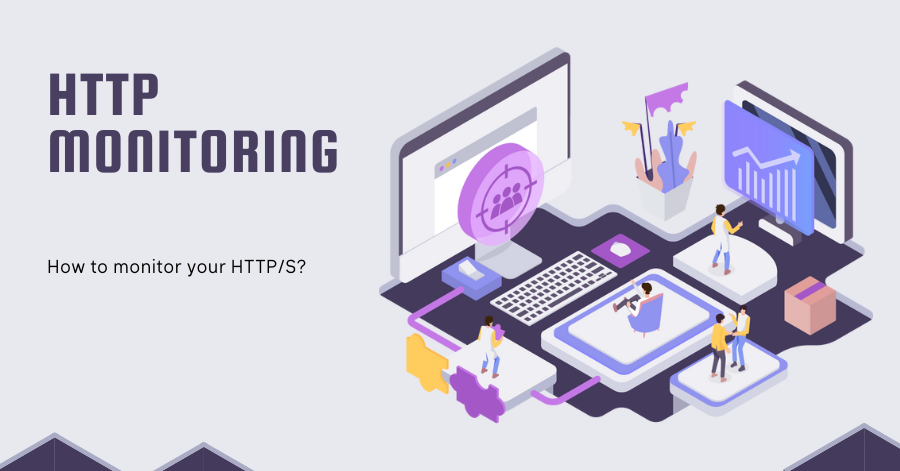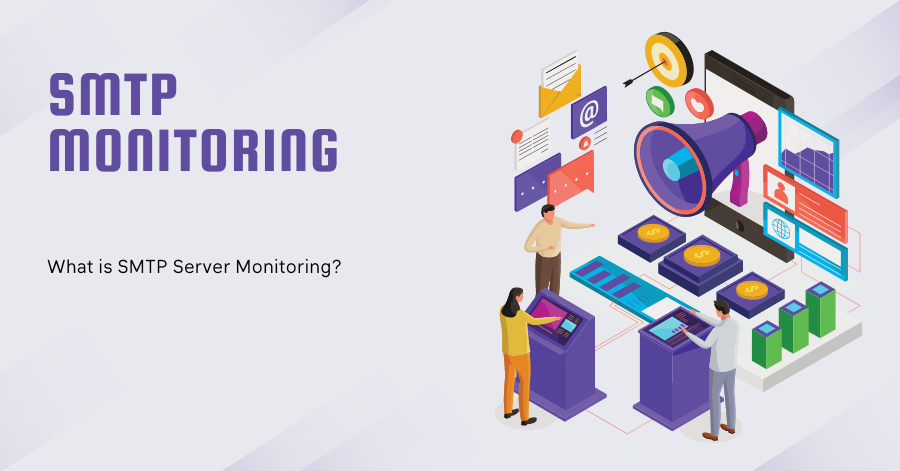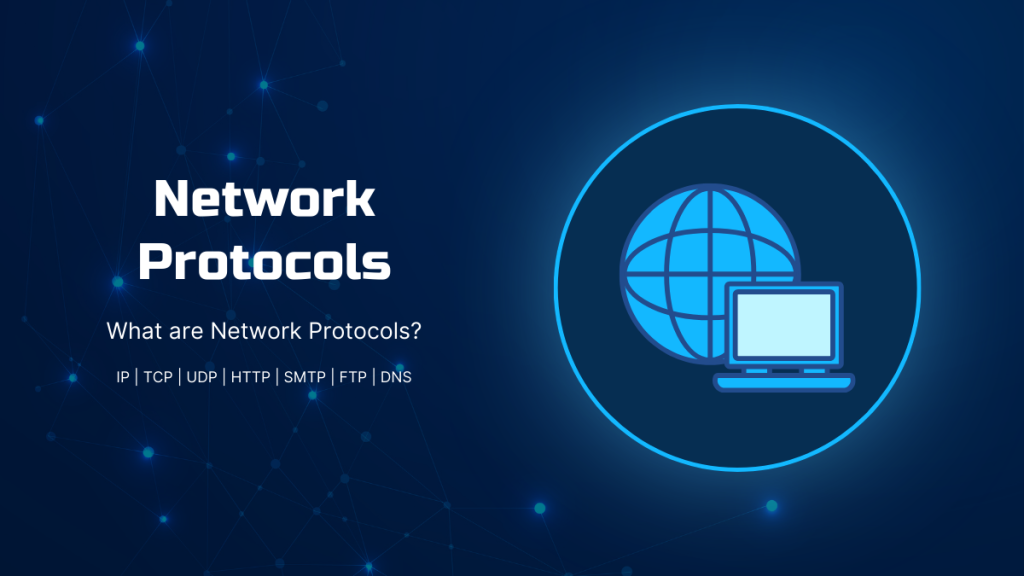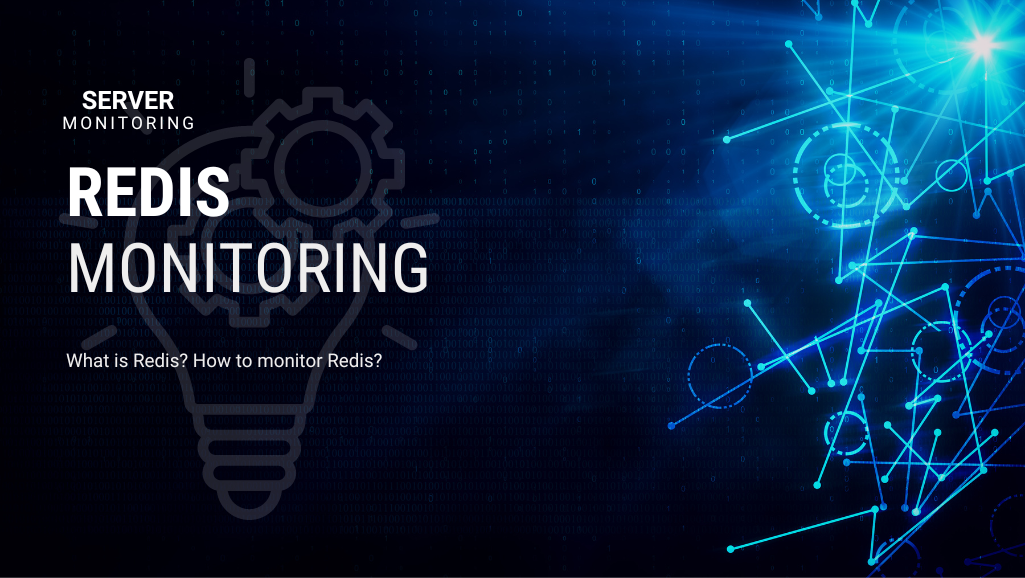MySQL is an open source relational database management system (RDBMS). It is based on a client-server architecture and is one of the most popular SQL (Structured Query Language) database management systems available today. MySQL is used to manage and organize data in tables, and it supports a variety of data types, including caching solutions like Redis It is commonly used in online applications and serves as the database component of the LAMP (Linux, Apache, MySQL, Perl/PHP/Python) web application software stack.
MySQL is known for its reliability, scalability, and flexibility.It can be used for a wide range of applications, from small to large-scale enterprise applications, and supports numerous operating systems including Linux, Windows, and macOS. Over the years, MySQL has become the go-to choice for many developers, particularly for web applications, due to its ease of use, performance, and strong community support; therefore, monitoring MySQL instances for better performance is becoming increasingly frequent.









